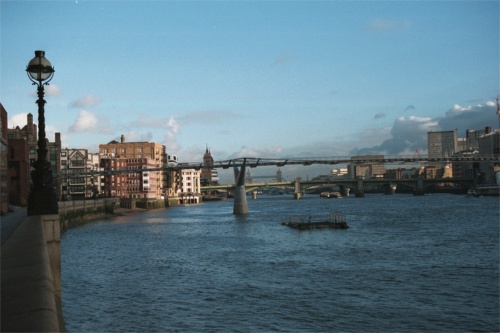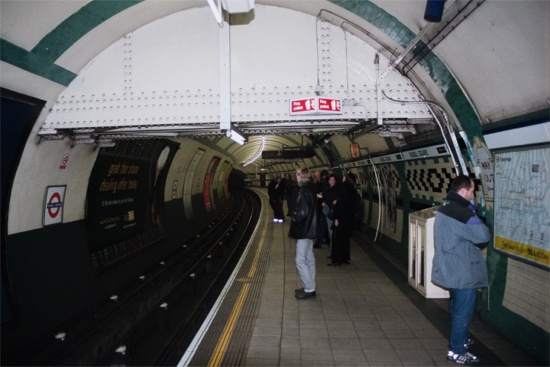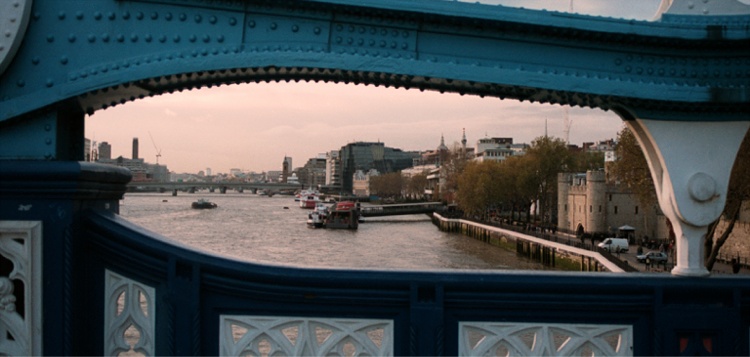|
London History
In the reign of Claudius (41-54 A.D.) the southern
part of Britain
was made a Roman province, and London
became a Roman
station. In the time of Constantine,
about 306, the Romans
fortified and walled it, and it
eventually became a great
commercial city. At the Conquest London
submitted to
William, and received from him a charter,
which is ‘still
preserved. It also obtained charters from
Henry 1, Stephen,
Richard 1, and John. In the fifteenth
century some of the
principal streets were paved; the plague
of sweating sickness
raged in several years of the 18th
century. The great plague,
which lasted from December, 1664, to
January, 1666, carried
off about 69,000 persons. In 1606 the great fire brokeout,
|
|

|
|

|
|
and spread over 336 acres, destroying 14,200 houses,
ninety churches, and many public
buildings. Population
and trade now rapidly increased. In the
middle of the
century the population was about 6OO,OOO. in l759 the
British Museum, founded on Sir Hans Sloane's
collections purchased by the government,
was opened.
About this time the houses began to be
numbered and
the names of streets marked at the
corners. In 1781 the
Gordon riots took place, when the mob were
in
possession of London
for two days, and committed
great havoc. In 1834 the old Houses of
Parliament were
burned down; the present buildings were
begun in 1840. In l851 the great international
exhibition was held in Hyde
Park, and led to numerous
exhibitions of a similar kind. Since then the history of London
has been a story of continued growth and progress.
|


